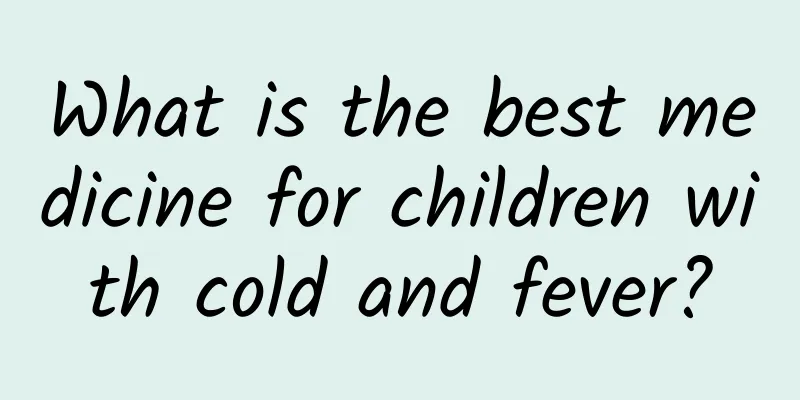What virus is polio?

|
Polio is caused by the polio virus, an acute infectious disease that is mainly transmitted through the intestines. The virus attacks the central nervous system, causing muscle paralysis and even life-threatening in severe cases. Understanding the characteristics of the virus and insisting on timely vaccination are the keys to effective prevention. 1 Virus characteristics: Polio is a disease caused by polio virus, which is a type of enterovirus and is divided into three types: type I, type II and type III. Among them, type I virus is the most important pathogen causing epidemics. The virus is transmitted through the fecal-oral route. After infection, it may invade the human central nervous system and destroy the motor neurons in the anterior horns of the spinal cord, thereby causing muscle weakness or paralysis. 2. Virus transmission: There are two ways for this virus to spread. One is that it enters the human body through food and water contaminated by the virus, and the other is direct contact between people. The virus is usually already spread in the body of the infected person before the onset of the disease, which is hidden and is an important reason for its rapid spread. 3. Prevent polio: The most effective way is to get vaccinated against polio. The vaccine is available in two forms: oral live attenuated vaccine OPV and inactivated vaccine IPV. WHO recommends that children receive a full course of vaccinations at 2 months, 4 months, 6-18 months, and 4-6 years old to ensure comprehensive immune protection. Paying attention to food hygiene, using clean water, and keeping hands clean can also reduce the risk of infection. 4 Treatment after infection: There is currently no specific antiviral drug for polio virus, and treatment is mainly symptomatic supportive therapy. Specific measures include bed rest, more nutritional supplements, and physical therapy to maintain muscle function. Severe patients may need assisted respirators. For paralysis, rehabilitation treatment should be received as soon as possible, and some functions should be restored as much as possible through massage, physical therapy, etc. Today, through large-scale vaccination, the spread of polio has been effectively controlled in many areas. However, there are still sporadic cases in some parts of the world. Parents are advised to ensure that children complete vaccinations on time. If abnormal symptoms such as limb weakness are found, they should see a doctor as soon as possible to get a clear diagnosis and take measures to control the disease. |
<<: What tests are done to diagnose Hirschsprung's disease?
>>: Can children's cold and fever syrup be taken together with acetaminophen and phenanthamine?
Recommend
Effective folk remedies for treating neonatal jaundice
Effective folk remedies for treating neonatal jau...
What is the reason for the baby to have phlegm without coughing?
The adverse symptom of babies having phlegm witho...
What are the common symptoms of pneumonia in children? 5 key points for nursing care of pneumonia in children
Pediatric pneumonia is a common clinical disease ...
A brief discussion on exercise therapy for ADHD
Children are the treasures of their parents and t...
Specific medicine for treating children's kidney disease
When a child is sick, not only the child feels un...
What should children with eczema not eat? 4 types of food that children with eczema should not eat
If you want your child with pediatric eczema to r...
What medicine is good for children's cough
Children with cough can choose Yitanjing oral liq...
How to quickly and effectively cure congenital heart disease in children
In modern society, many families have only one ch...
What is the difference between herpetic pharyngitis and hand, foot and mouth disease in children?
The differences between herpangina and hand, foot...
What is the reason for the newborn's face to be red? How to treat the newborn's face to be red
Because the skin of a newborn baby is very fragil...
Causes of acute mumps in children
Acute mumps in young children is usually caused b...
What to do if your 20-day-old baby has moderate jaundice
Jaundice can be divided into physiological jaundi...
What are the symptoms of ADHD in children?
ADHD, also known as attention deficit hyperactivi...
Is breast milk jaundice harmful? Can I continue to breastfeed if I have breast milk jaundice?
Generally, it appears 4-5 days after birth, gradu...
How long does it take to get better after taking medication for ADHD?
The course of drug treatment for tics varies from...









